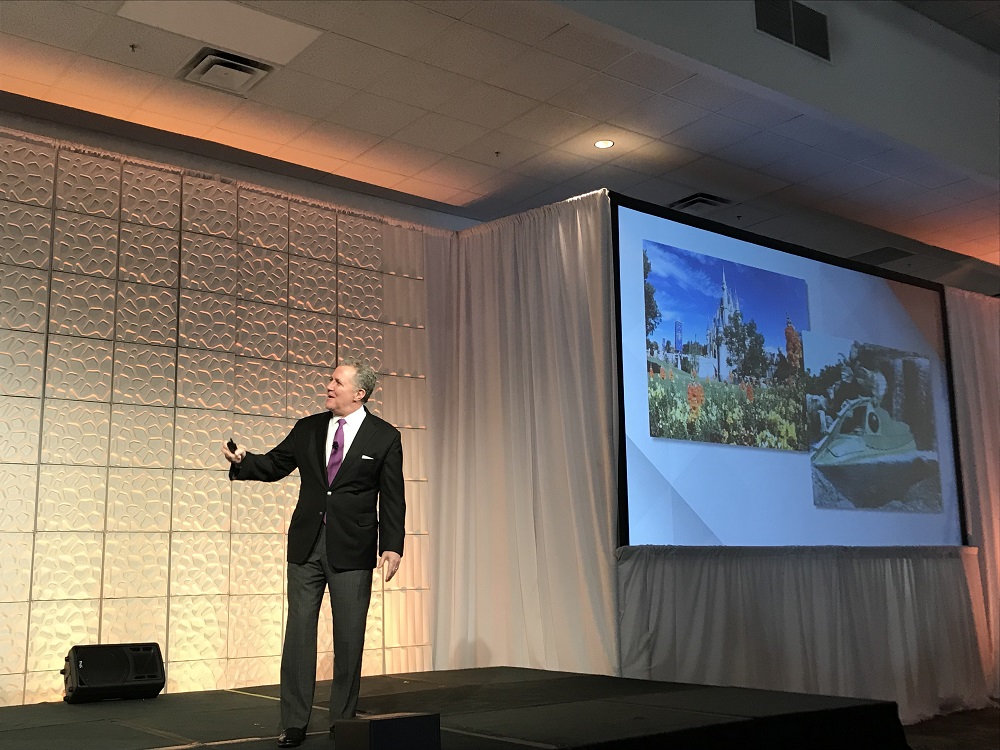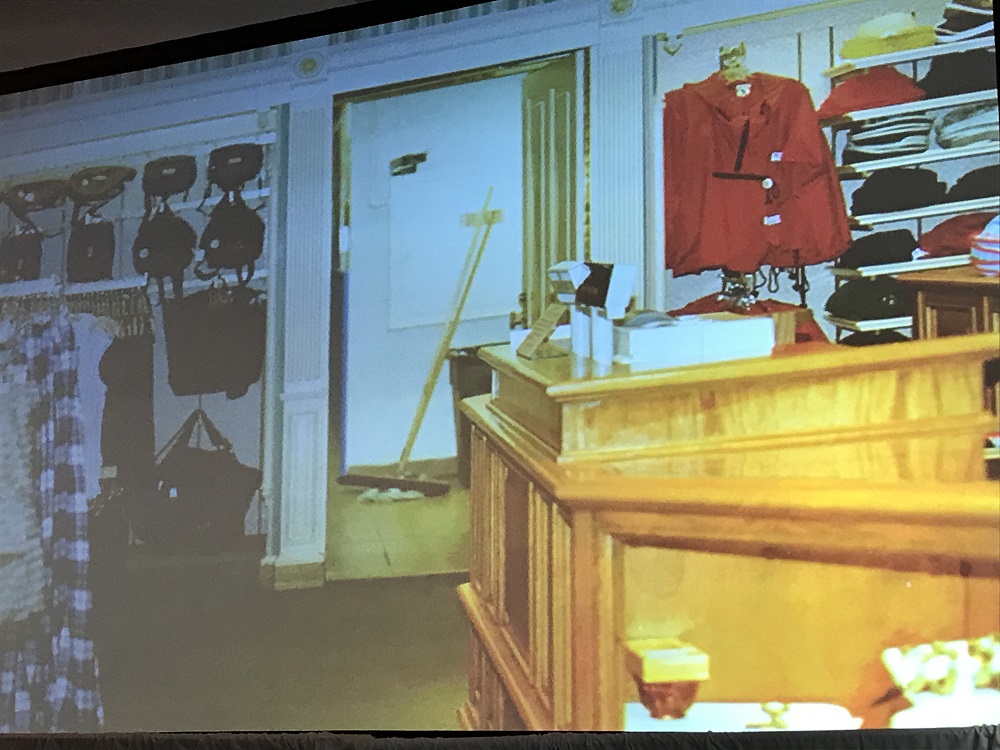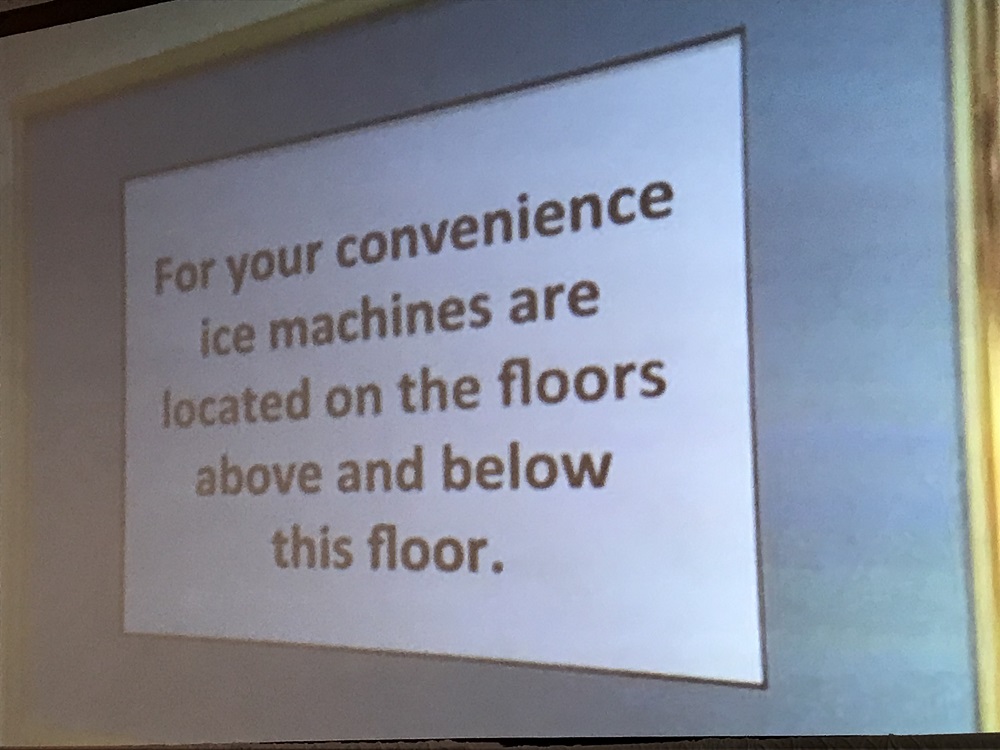Integration companies notoriously struggle to grow their AV service business or transition toward earning more service-based revenue. Why is that?
After completing Commercial Integrator’s Integration Business Outlook survey, which we conduct annually with NSCA, I discussed the results of the questions that focus on service revenue with NSCA executive director Chuck Wilson.
It’s difficult to set broad benchmarks for service revenue since all integration businesses are different, but we wanted some kind of Mendoza Line.
“If you can have over 20 percent of your revenue under an AV service agreement with a client, that’s a healthy place to be,” Wilson offered.
Our research shows that most integration companies fall short of that goal.
- More than a quarter of those surveyed, 26 percent, earned $0 via service in 2018
- One-third of the market earned between 1 and 5 percent of their revenue from service in 2018
Right there, that’s more than half of the integration market that doesn’t earn a very significant amount of their revenue through services.
There are a lot of reasons for this. Not all integration companies are cut out for service.
Spun another way, many firms are so cut out for providing extremely custom solutions that AV service sales just isn’t their thing – or maybe their margins are so strong that service sales aren’t imperative from a revenue standpoint.
[related]“Some companies excel at being a systems contractor,” Wilson says.
“They’re an integrator that chooses to go from project to project, and that is really just what they do. They’ve done it well enough in both the bid-spec and design-build worlds that they really don’t have to think about creating the lifelong clients. They want a backlog of projects, not a series of service calls. That’s not who they feel they are.”
However, that doesn’t mean those companies aren’t candidates to improve their service revenue.
Meanwhile, whether companies are pursing more AV service revenue or loyal customers by providing successful solutions, most integrators can benefit from improving their customer service.
During a keynote presentation at NSCA’s 21st annual Business & Leadership Conference, former Disney executive Dennis Snow challenged integrators to self-analyze their approach to AV service by highlighting three fundamental customer service traps.

Former Disney executive Dennis Snow on stage at the 21st annual NSCA Business & Leadership Conference (BLC).
3 Principles of Customer Service
Snow, who shared that one of his first roles at Disney was operating the “It’s a Small Word” ride, knows a thing or two about monotony.
Customers, he said, never want to feel like what you’re doing for them is part of a monotonous process. Instead, he said everything integrators do for their customers should be done “with an experience mentality versus a task mentality.”
It’s not easy, he acknowledged. Integrators “still have to get their tasks done,” but avoid letting customers sense if the technician is less focused on the quality of their experience versus it just being another task.
“Wherever you fall on that continuum, that’s going to be [customers’] loyalty factor.”
Integration projects, of course, can be tense, especially when deadlines are approaching. Doesn’t matter, Snow said.
“It’s how you deal with this during a tough time that makes or breaks you.”
Many companies allow their customer service to falter by not paying attention to three customer service fundamentals.
Step Through Your Customer’s Lens
It sounds simple. A key to quality AV service is actually looking at every step of the customer’s experience though their eyes.
In the case of an integration customer that customer could be the technology purchaser or it could be the end user that actually uses the, for instance, video conferencing solution.
Snow challenges integrators to truly lay out each step of an integration project and to get granular. It’s not just about analyzing the “sales process,” it’s about looking at individual steps
“The point is that we need to see the experience through their lens and the point is that most organizations don’t,” Snow said.
Snow challenged integrators to truly lay out each step of an integration project and to get granular.
It’s not just about analyzing the “sales process,” it’s about looking at individual steps such as how convenient the meetings were for the customer and how the information is provided.
It’s not just about analyzing the “training,” it’s about trying to visualize each step involved with training through the customers’ eyes.
It’s also not just about identifying “poor service.” That’s easy, Snow said. It’s about calling out mediocre service steps and coming up with a plan to raise those to exemplary experiences for the customer.

What stands out to you in this photo presented by former Disney exec Dennis Snow at the 21st annual NSCA BLC?
Pay Attention to Details
Again, paying attention to details sounds simple … but do you do it?
Snow called on his Disney experience, describing the almost compulsive attention to detail at its theme parks. He shared an image of a meticulously manicured flower garden in which somebody had placed a Pepsi can.
Integration companies need to figure out what their Pepsi can or smoking Cinderella is.
A lot of effort went into creating that garden to contribute to an experience for customers, but that one detail – that small Pepsi can – not only negates it but leaves a negative impression.
It’s an example of a company unwittingly showing the customer what happens backstage, Snow said.
A backstage example, the former Disney executive offered, would be a child attending Walt Disney World and noticing the Cinderella actress on her break smoking a cigarette.
Integration companies need to figure out what their Pepsi can or smoking Cinderella is.
- Maybe it’s forgetting to sweep up some dust or drywall from a teacher’s desk after completing a classroom project.
- Maybe it’s the impression that a technician leaves by entering a building through the wrong door.
These may seem like small things, but Snow insisted that “it whittles away at the brand.”

Nice store, but what stands out to you in this photo presented by former Disney exec Dennis Snow at 21st annual NSCA BLC.
Create ‘Moments of Wow’
This is not about the “wow factor” term so often used to describe dynamic AV solutions. When Dennis Snow talked about how “moments of wow” can leave lasting customer service impressions, he was talking about the little things.
Maybe a customer asked you some questions about 8K and you send them an article that you like that explains the technology. “The magic is in the little wows — the moments of wow, because they add up,” Snow said.
Integrators ought to think about the many points of contact within a customer organization and to consider all the opportunities to create “moments of wow,” Dennis Snow said.
“Band enough of the little things together and you have something special.”
You may also create a better platform from which to grow your AV service revenue.










